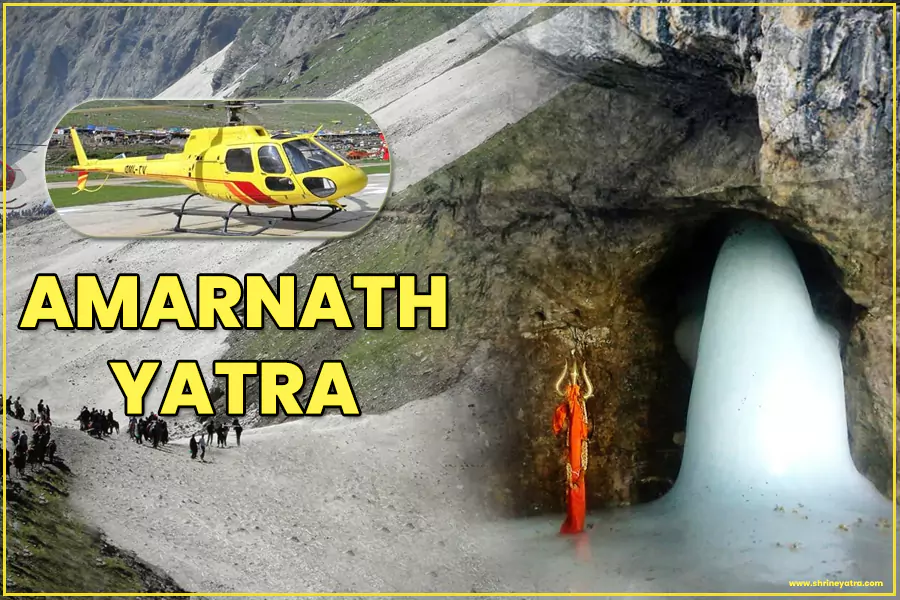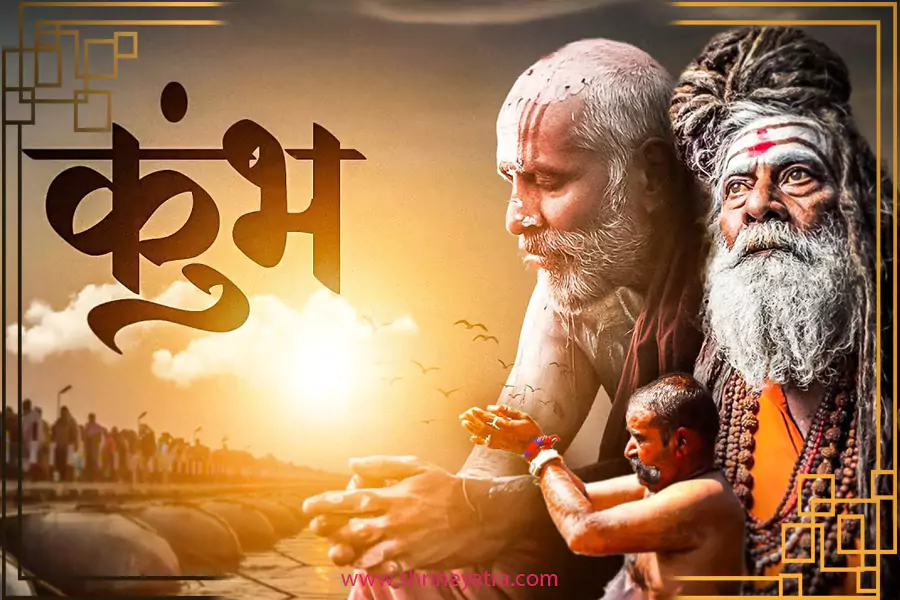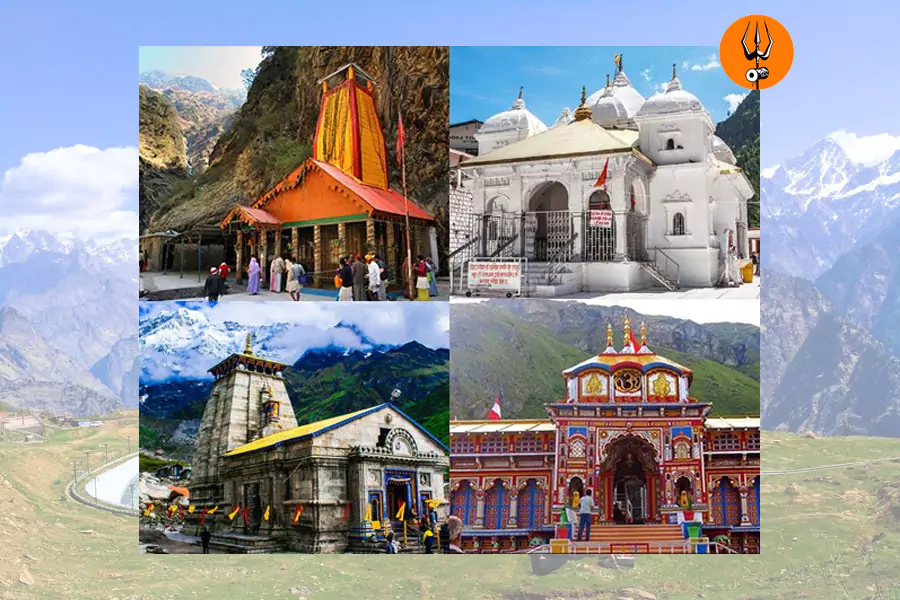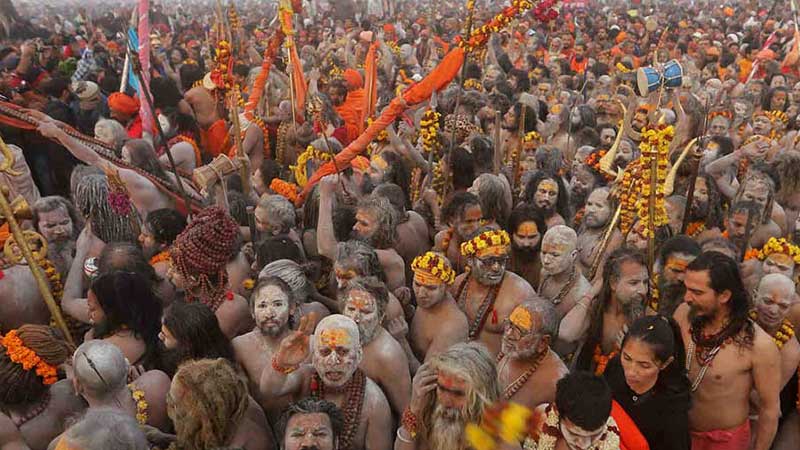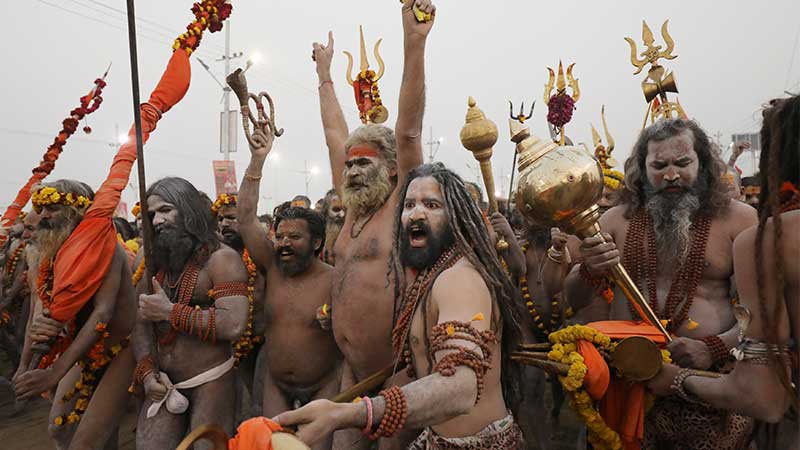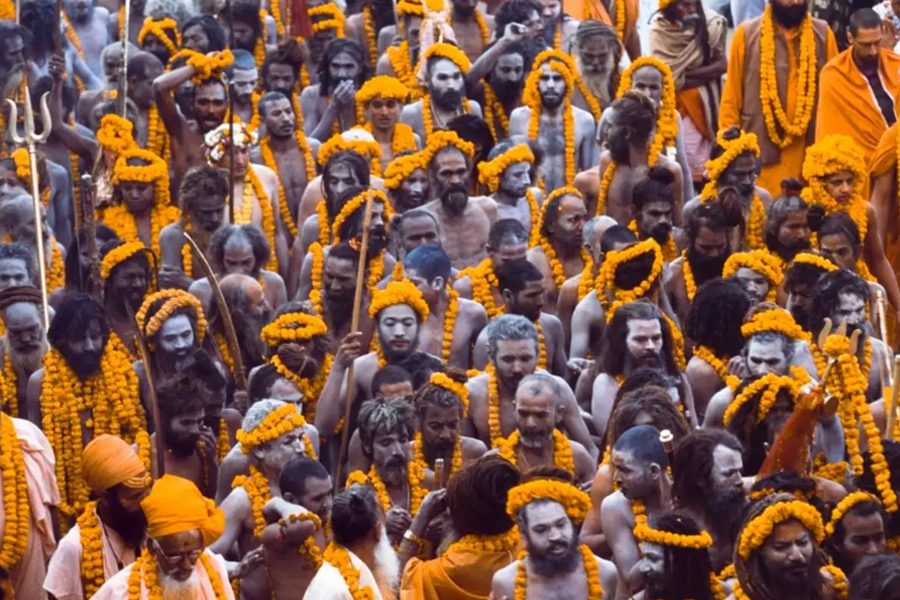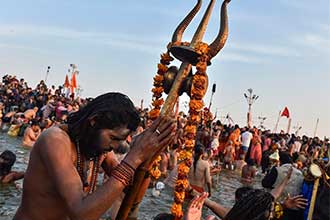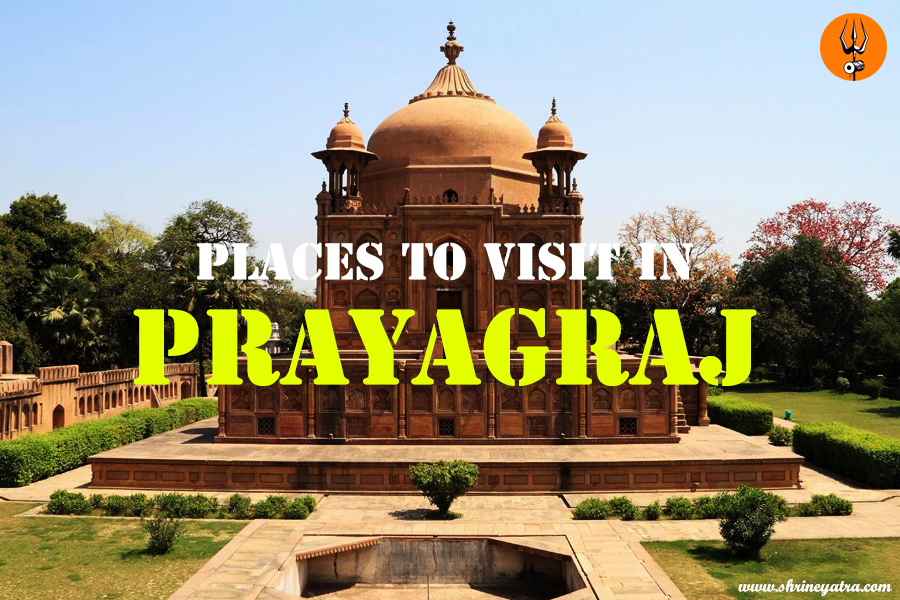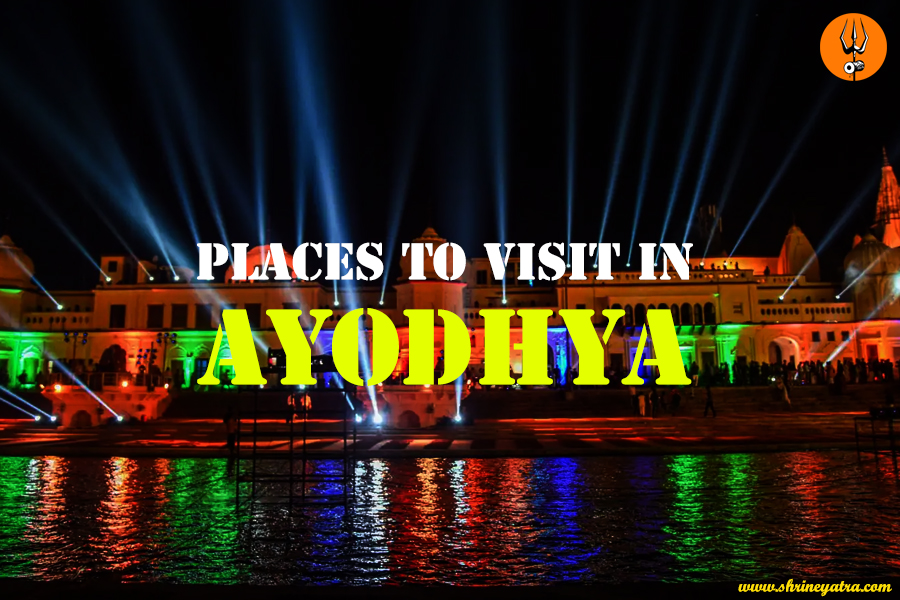Here's What to Know About India's Kumbh Mela History

Introduction of Kumbh Mela
The religious festival Kumbh Mela is celebrated four times in an interval of 12 years. There are four holy rivers which are situated on four sacred places such as at Haridwar on Ganges, at Ujjain on Shipra, at Nashik on Godavari and at Prayagraj(Allahabad) on the conjunction of three sacred rivers the Ganges, The Jamuna and fiction Saraswati.The festivity of each places are based on a exclusive set of astrological positions of the Sun, the Moon, and Jupiter, are at their most sacred when these places are completely occupied.
There are lakhs of pilgrims who join this holy journey in Kumbh Mela. Apart from this, the Kumbh Mela remains for many weeks and is the biggest ceremony in the world.During the Kumbh Mela, lakhs of pilgrims participate in this holy journey.
History and Significance of Kumbh Mela
History of Kumbh Mela:
There are several reasons for the rich history and significance of Kumbh Mela. The Kumbh Mela held every 12 years has its own religious significance. There is no doubt that it is the biggest gathering of faith in which people from all over the world participate and take bath in the holy or holy river. As per the Hindu Mythology, Kumbh Mela is an essential and significant pilgrim.
Kumbh Mela is made with the two words Kumbh and Mela. According to our old Veda texts, the name Kumbh is derived from the immortal pot of nectar for which there was a war between the gods and demons.Which is also known as the Puranas. We all are familiar with the word fair, 'gathering' or 'meeting' meaning in Sanskrit.
Significance of Kumbh Mela:
The History of the Kumbh Mela dates back to the days when gods and demons combined to produce the Nectar of Immortality As it is mentioned in the legends. Then the gods and demons collected on the banks of Kshir Sagar located in the divine region of the universe. The churning of Kshir Sagar produced deadly poison which Lord Shiva drank without being affected. Years later after overcoming many obstacles, Dhanvantari appeared with the nectar of immortality in his hands. Uneco added this historic festival to its Intangible Cultural Heritage, In Keeping with the Central spiritual role in India of the festival.
Places of Kumbh Mela
Haridwar:
River: Ganges
Significance: One significance is that Haridwar comes in the list of ancient and best holy places of India. This is located in the Uttarakhand state. Haridwar Kumbh Mela is a Hindu religious fair held in the city of Haridwar, India. This fair is held every 12 years and its date is told according to Hindu astrology. This fair is held when Jupiter is in Aquarius and the Sun enters Aries. It is said that the Ganges rivers originated from heaven at this place, making it a prime location for purification of spirit.
Prayagraj (Allahabad):
Rivers: Meeting Point of of Ganga, Yamuna and the legendary Sarasvati
Significance: Prayagraj is known as the point of confluence in the Uttar Pradesh State. The upcoming religious pilgrimage Maha Kumbh Mela which will be held in Prayagraj. In Hinduism, it is recognized as a most important and venerable Incident. The Prayagraj is also known from the name of Triveni sangam.
Nashik:
Rivers: Godavari
Significance: Nashik is a place located in Maharashtra. It is associated with several episodes from Hindu mythology, including Lord Rama's exile. Godavari River is famous for being one of the purifying rivers. As per the olde stories, After the churning of the ocean, when Lord Vishnu flew from earth to heaven, some drops of nectar fell in the Godavari river in Nashik.This contributes in the holiness of the place, which makes it one of the most famous pilgrimage places in India.
Ujjain:
Rivers: Shipra
Significance: Ujjain is the seventh holy city in Hinduism. Due to the monumental and historic union of the Shipra River, Ujjain is an important holy pilgrimage place. Kumbh Mela is celebrated when Jupiter appears near the Leo or Leo constellation of the zodiac, hence it is known as Simhastha.
Date of Kumbh Mela
Maha Kumbh Mela:
- Frequency: It held in Every 12 years
- Place: Prayagraj (Allahabad)
Purna Kumbh Mela:
- Frequency: It rotates between Haridwar, Nashik, and Ujjain every 12 years.
- Place: Haridwar, Nashik, Ujjain
Ardh Kumbh Mela:
- Frequency: It held in every 6 years
- Place: Haridwar, Prayagraj (Allahabad)
Kumbh Mela:
- Frequency: It rotates between the four locations every 3 years.
- Place: Haridwar, Prayagraj (Allahabad), Nashik, Ujjain
Here is an example of the schedule for next Kumbh Mela:
- 2025: Maha Kumbh Mela in Prayagraj (Allahabad)
- 2027: Ardh Kumbh Mela in Haridwar
- 2030: Kumbh Mela in Nashik
- 2033: Purna Kumbh Mela in Ujjain
For accurate dates and detailed schedules, we are recommended to check the kumbh mela bathing dates.
Cultural Aspects of Kumbh Mela
The Kumbh Mela is one of the famous Hindu pilgrimages. This is a chief cultural event, and is recognized as the biggest religious gathering in the world. In this festival, spiritual growth, renewal and communal harmony represents India's broader history and changes.
There are a few of the cultural aspects of the Kumbh Mela are the following:
- Festivities and Performances: In this cultural historic Kumbh Mela, you will get to see the take part in ceremonies and traditions which are passed down from generations.
- Diverse Traditions: In this event, there are various rituals to see. It features a different cultural display mixture. This shows the categories and unity of India.
- Processions and Displays:The event of the Kumbh Mela involves various types of Processions and Demonstrations such as Mahant Procession, Sadhu processions and Religious Processions.
Conclusion:
Kumbh Mela is a religious and spiritual pilgrimage in India. It is believed that this Kumbh Mela combines cultures, customs and beliefs and promotes unity and adjustment beyond creed, caste and geographical boundaries. It is a point where spiritual seekers, scholars and devotees can come together to exchange ideas and deepen their understanding of Hindu philosophy and spirituality.
More Must-Reads from SHRINEYATRA
- Do you know about kumbh mela tent booking?
- Do you know about Prayagraj kumbh mela bathing dates?
- How to Reach Kumbh Mela Prayagraj 2025?
- Book Your Accommodation in Kumbh Mela 2025

